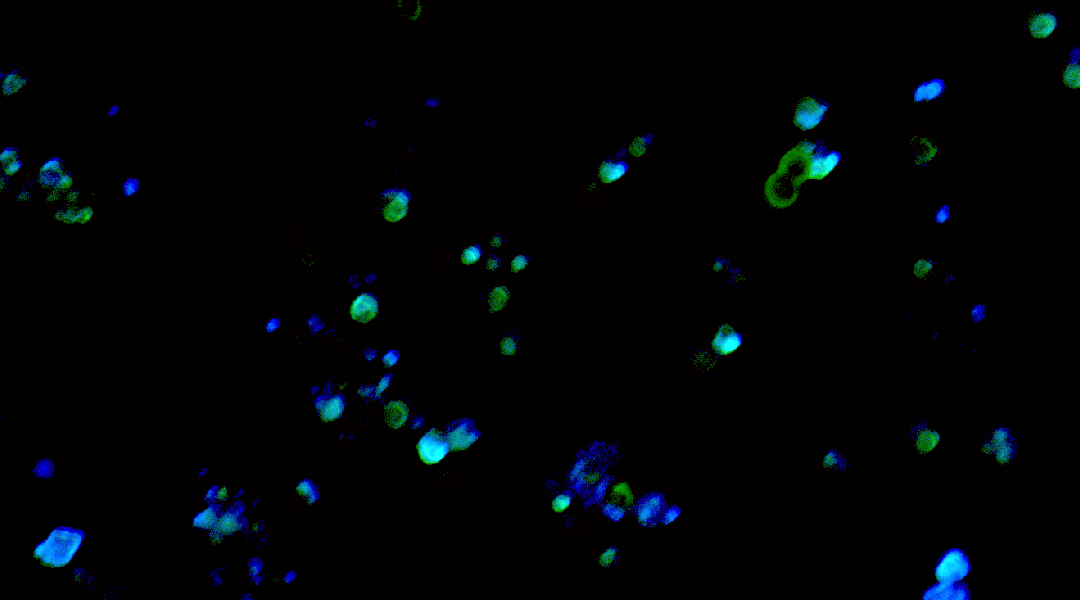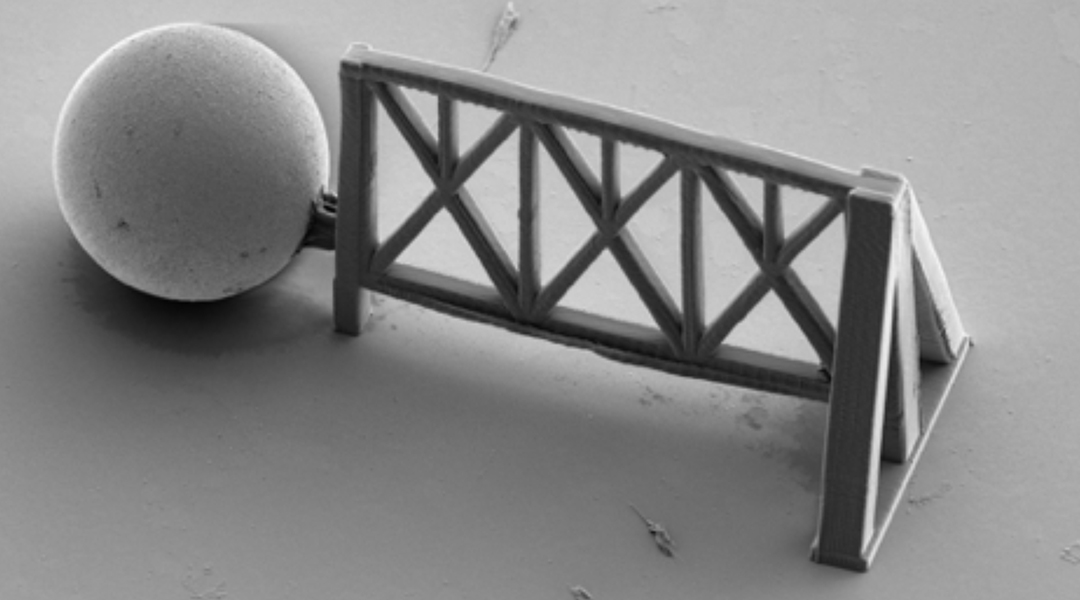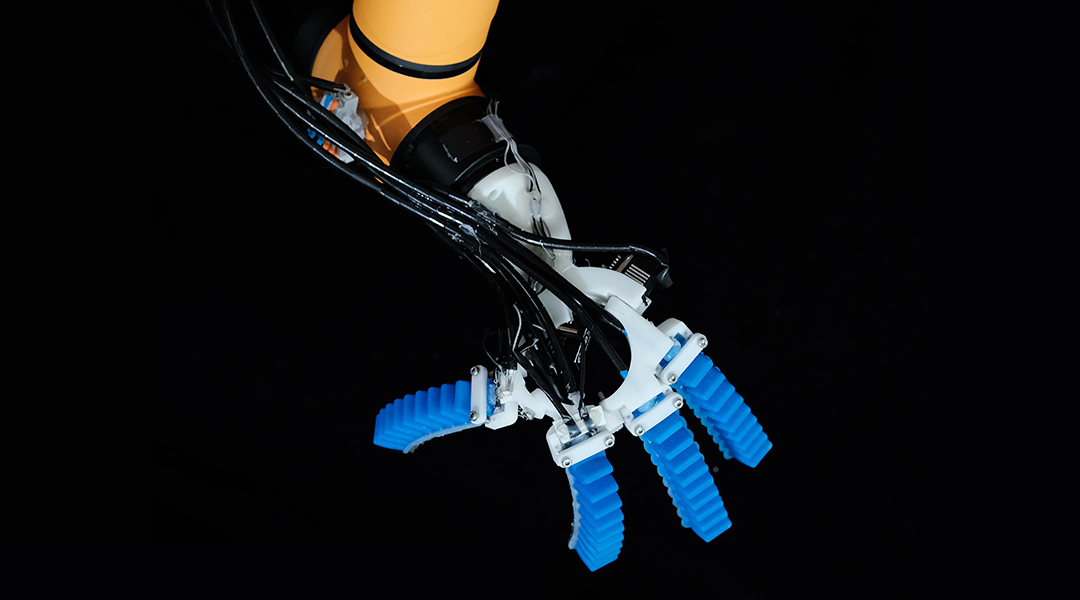Harnessing quantum dots to produce low-energy single photons for applications in secure communications and quantum computing.


Harnessing quantum dots to produce low-energy single photons for applications in secure communications and quantum computing.

Superamphiphobic materials could keep solar panels clear, glasses clean, and phones fingerprint-free without any manual cleaning.

Swarms of iron-clad algae have been built to sweep through bodies of water to collect elusive bits of micro- and nanoplastics.

Through awareness and education, individuals may become more conscious of their future spending choices, ultimately contributing to the success of the right to repair movement.

Sleep apnea patients may soon sleep easier thanks to a comfortable, remote wearable device that tracks breathing patterns with the help of AI.

Drawing power from the electrical fields of nearby objects, this nanosensor enhances vehicle safety and slashes energy consumption.

With innovations in biosensors, Internet of Things, and machine learning, a collective effort could offer a way to overcome an impending shortage.

Scientists employ cutting-edge 3D printing to recreate human-like tissue, promising a breakthrough in cellular research and potential insights into aging and disease.

Groundbreaking soft sensors enable robots to both see and feel, paving the way for robots that can autonomously interact with and understand their environment.

Scientists investigate the synergy of entanglement and curved spacetime in advancing quantum radar technology for precise distance measurement.